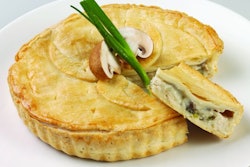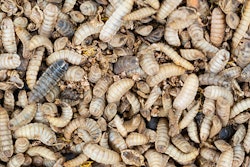
Imaging technology can provide producers with a way to continuously monitor the health and welfare of poultry flocks.
“For poultry producers, we see a growing need to learn and implement precision technologies to assess their farm management,” Dr. Yang Zhao, assistant professor, University of Tennessee Institute of Agriculture, said.
“Image and video analysis can be useful for multiple purposes, for example, welfare and health assessment.”
This technology uses cameras placed throughout the barn that take either still photos or videos. The data from the images and videos is then analyzed to provide information about the bird’s health, welfare and behaviors, freeing up human workers to perform other tasks.
There are several technologies besides image and video analysis that could transform poultry health monitoring, including wearable sensors on the bird and audio analysis. Both offer several benefits but are currently impractical and are more expensive than image and video analysis, he added.
At the 2022 Georgia Precision Poultry Farming Conference, Zhao shared several examples of image analysis technology that monitors poultry health, welfare and behavior.
Creating a more objective poultry welfare and health assessment
The assessment of poultry welfare and health is currently a manual process at poultry farms. In many cases, this requires assessors to visually check the bird and assign a score on specific welfare indicators, such as gait score.
This approach inevitably results in human error.
“Imaging and video analysis may overcome this problem and provide objective and continuous welfare assessment,” explained Zhao.
Footpad dermatitis detection
Image processing can also be used to measure production-related parameters about body health, bird weight and size and detect mortality within the house.
“Using image processing, we were able to identify footpad dermatitis based on the current difference between the healthy foot and dermatitis area,” Zhao said.
“Nowadays, the chicken foot has become an important product because of the high demands in Asia.
One of the most common ailments in the chicken foot is footpad dermatitis, which results from long-term contact with wet litter and causes lesions on the plantar surface of poultry feet. The skin condition has been linked to reduce live weight, reduced meat yield and increased whole carcass condemnation.

















